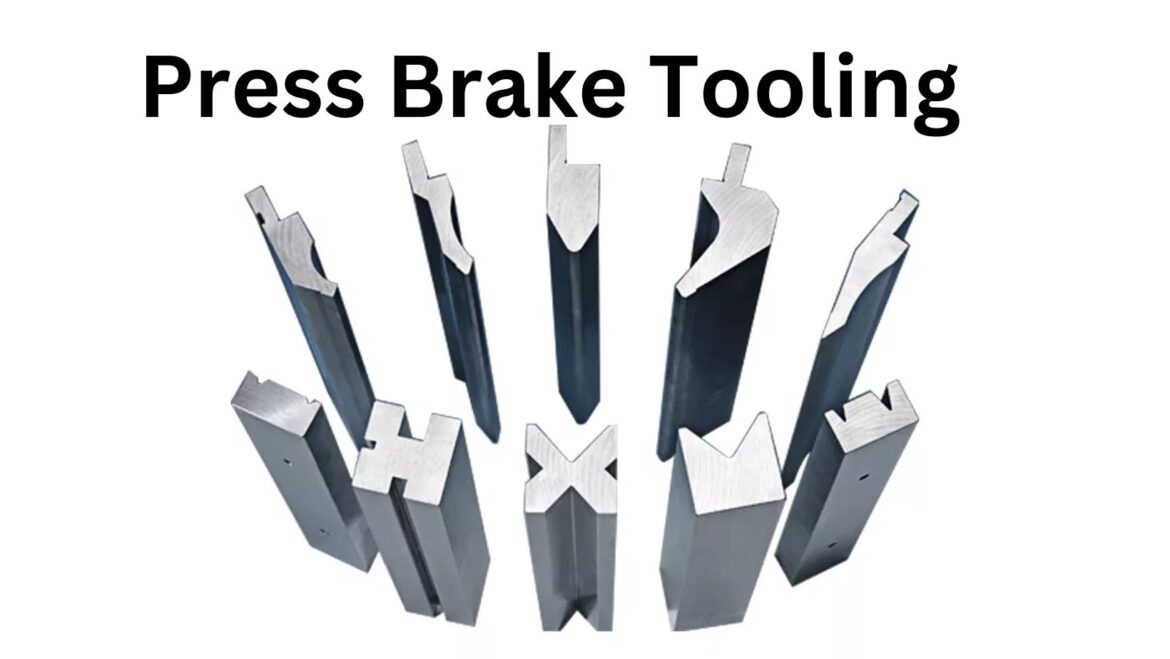Rigid metal sheets are not wholly useable for industrial applications as they require preciseness. Therefore, engineers mold, bend and shape metallic sheets using various machines and pressure methods.
One such metal reshaping way is the press brake tooling which fits in a bending machine to mold metal sheets. Press brakes punches are metallic extensions that press or bend steel sheets into the dies to form different components. Steel sheets are standard. However, other materials, such as urethane, are also available.
Press brake tooling is a common engineering concept. However, still, some terms can be pretty tricky to understand. Here is a quick insight on the basics of the press brake tooling, machines, and press brake punches.
How Does Press Brake Machines Work?
Before diving in, it is essential to note that press brake machines and tooling don’t work individually. The tooling attaches to the machine to carry out bending processes.
Press brake machines use punches and dies (collectively called tooling). The punches attach to the moveable part of the device. While the die is the cavity in which the metal is pushed.
The operator clamps the steel sheet above the die and presses it into the mold with a press brake machine. The force bends the sheet to attain the required shape. Although the process seems disturbingly simple, there are many details to note.
Types of Bending in Press Brakes Tooling
There are different bending methods and variations when you are using press brakes.
Wiping
The wipe bending also goes by another name, the edge bending. Here, the operator places the sheet between the die and a pad. The press brake machine bends the sheet’s edge (into a wrapped form) emerging from the pad and die.
Folding
The folding method is standard because it is easier to handle. You place the sheet on the die and clamp its edges. Now, the press brake machine brings down the punch and creases the sheet into the die to form a specific shape.
Other Variations
Bending also has variations like coining, air bending, and bottoming. The air bending bends the sheet into the die; however, the operation ensures that the sheet doesn’t bend very deep. The coining bending, on the other hand, turns the sheet to the deepest point of the die. Lastly, the bottoming method uses a rounded-headed punch to mold the sheet into the die.
Types of Press Brake Punches
Press brake punches come in different styles, and the type you pick depends upon the project. However, here are some common ones.
Standard Punch
It is the most common type of punch that allows for air bending or 90-degree bottoming. Since the standard punch has a higher tolerance, it can easily take on longer and more powerful bends.
Gooseneck Punch
A gooseneck punch is shaped like a long-tilted punch which is fit for making U-profiles. Most people try to use it for symmetrical U-profiles (the ones with equal sides). However, a gooseneck punch is unfit for them as it can only mold profiles with unleveled sides.
The Acute Punch
An acute punch can handle 30-to-60-degree moldings easily. However, depending upon the die’s thickness, it can endure larger forces. Usually, acute punches work for creating 30-degree angles for hemmings.
The Narrow Punch
A narrow punch is suitable for air bending like the standard punch. However, its pointed shape makes it more convenient for thinner dies.
The Bottom Line
Press brake machines use press brake punches and dies. The punch fits with the moving part of the machine while the sheet clamps above the die. Operators choose different punches and dies based on the project’s requirements. However, the basics remain the same.
Before a press brake project, you must know what kind of bending is required (wiping or folding). Next, you must set up the suitable tooling to attain the required shape. It is crucial to analyze the tolerance of the punch before beginning, so there are no in-process halts.
